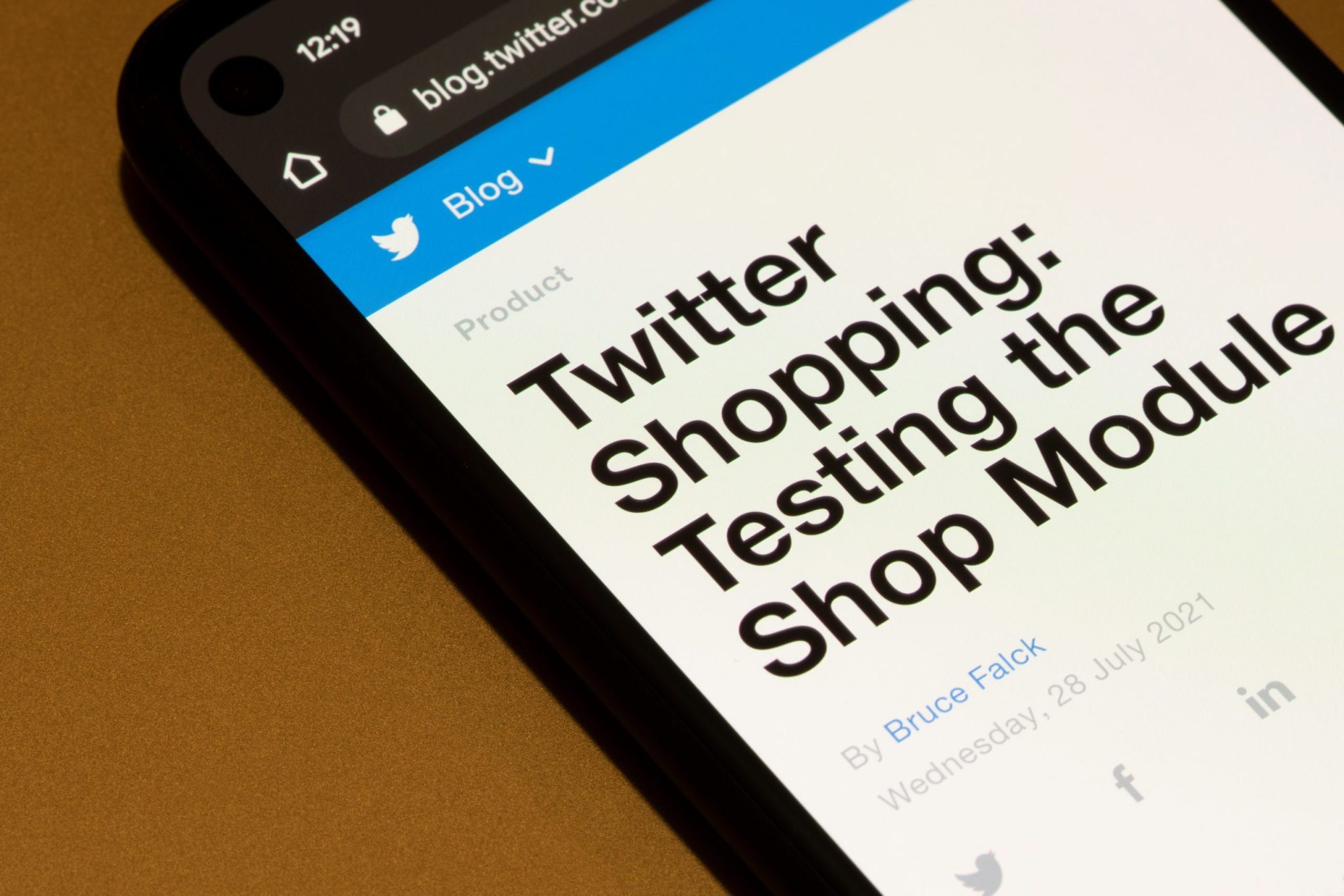Social Shopping is Finally Catching On!
It’s time to go shopping on Twitter and Pinterest!
The idea of social commerce has come and gone so many times. While both Pinterest and Twitter have failed in their attempts to connect social networks with ecommerce, they have tried again. Skepticism screams that it won’t work this time, too.but maybe it will.
Ecommerce is changing as we emerge from the pandemic. Remember when people talked about PayPal buying Pinterest?
The deal didn’t happen, but the pressure to combine shopping with payment is on the rise. In the first case, it is about discovery and inspiration; in the second, it is about conversion rates, checkout interfaces, and data. When you combine them, you have a much better idea of why people buy things.
In today’s society, social influences are becoming increasingly important. By 2020, Accenture believes social commerce will overtake regular e-commerce by a factor of three.
A new phenomenon, livestreamed shopping, is gaining traction in China. Live shopping events were featured on Instagram in November. Creators are increasingly turning to affiliate fees and merch sales as steady sources of income.
Simplifying checkout is the key. One-click shopping is so old that Amazon’s patent expired four years ago, but it is still too complicated to buy something you encounter in a social feed.
Introducing Twitter Shops, a mini-storefront where retailers can list up to 50 products. Yes, the checkout happens on the retailer’s website, but it’s done through an in-app browser, so it’s easier to get back to the app afterward.
Pinterest is going even further by adding its own checkout to its iOS app. The ecommerce-friendly social network offered it through Buyable Pins, a product it abandoned in 2018.
Why is that different now? Advertising alone cannot sustain ecommerce.
All types of online advertising businesses have been hit by Apple’s privacy changes to iOS. Facebook felt the most impact, but it has everyone considering whether they want to depend on ad revenue.
Even if ads remain the primary business model, integrating payments means that you have irrefutable data about an ad leading to a sale. When you own the checkout process, you don’t have to worry about attribution.
On that note, we wonder if Shopify is the real winner. Their strategy has been to gather a retailer’s catalog of products and put them in as many places as possible: on the web, on Instagram, on Pinterest, even on TikTok. Currently, Pinterest’s new shopping feature only works with Shopify.


